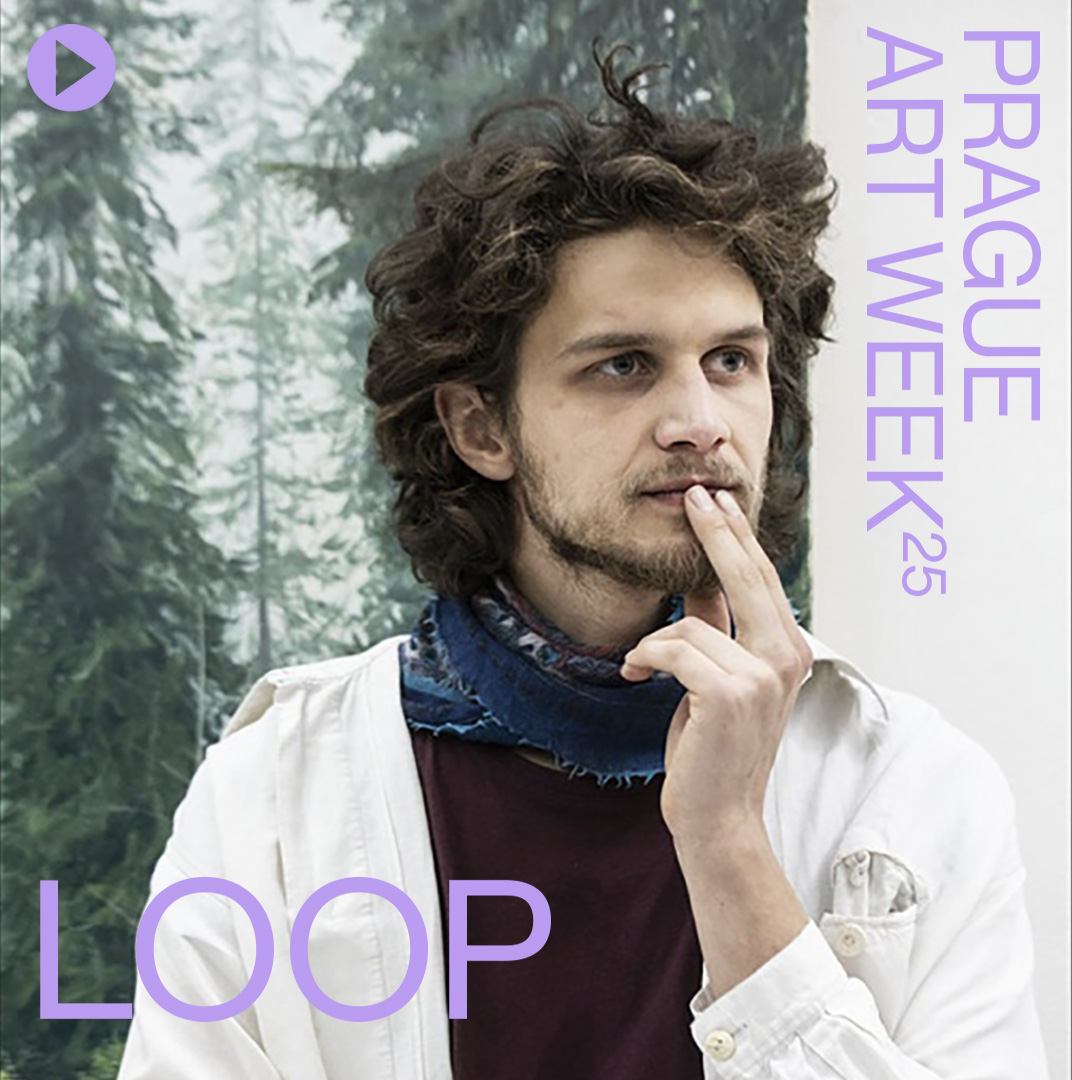In the latest episode, we welcomed painter Adam Kašpar – an artist who observes, paints, and lives within the landscape. The subtitle of this series, “limited resources, unlimited imagination,” resonates closely with his current exhibition Urpflanze at the Kvalitář gallery, open until June 14. The exhibition addresses themes of ecology and sustainability while inviting viewers into a world of ancient prehistory, current ecological challenges, and visions of the future.
In the podcast, you’ll learn how the artist’s inspiration from prehistory connects with the aesthetic dimension of his work, and what the term Urpflanze – “primordial plant” – means. This concept originates from Goethe’s philosophical and scientific study of plant morphology. The Urpflanze exhibition builds on this idea, exploring the evolutionary development of archaic plants. It focuses on the entire kingdom of spore-bearing plants, which Kašpar studies both locally and in remote landscapes such as Tasmania and Congo.
“I traveled and studied their forms. I bound a journal where I recorded sporangia and their behaviors. Diary entries and drawings gradually layered, accompanied by paintings,” the artist describes his process. Genuine knowledge and long-term observation are an integral part of Kašpar’s practice.
Besides notes on prehistoric journeys, the podcast also includes an analysis of contemporary ecological issues. For example, it covers a series of paintings dedicated to wildfires as a potential means of ecosystem renewal, which serves as inspiration for his work. You’ll also hear more about the scientific perspective Kašpar applies to the autonomous processes occurring in the history of natural phenomena, as well as about his trip to the African Congo connected to an auction aimed at saving endangered animal species.
You can visit the Urpflanze exhibition at the Kvalitář gallery until June 14.
